Summertime is the best time for cheap point-and-shoot cameras for me. Stuff em with some color film, throw em in a pocket, go on vacation, take pictures, have fun. I don’t want to fuss with focus or exposure, I don’t want to worry about losing or breaking them, I just want to seamlessly capture images of my family and our adventures. Last summer I decided to run a little shootout to discover which cameras I liked shooting best and which ones had the best images. I really only considered cameras available for $100 or less and here’s what I came up with.
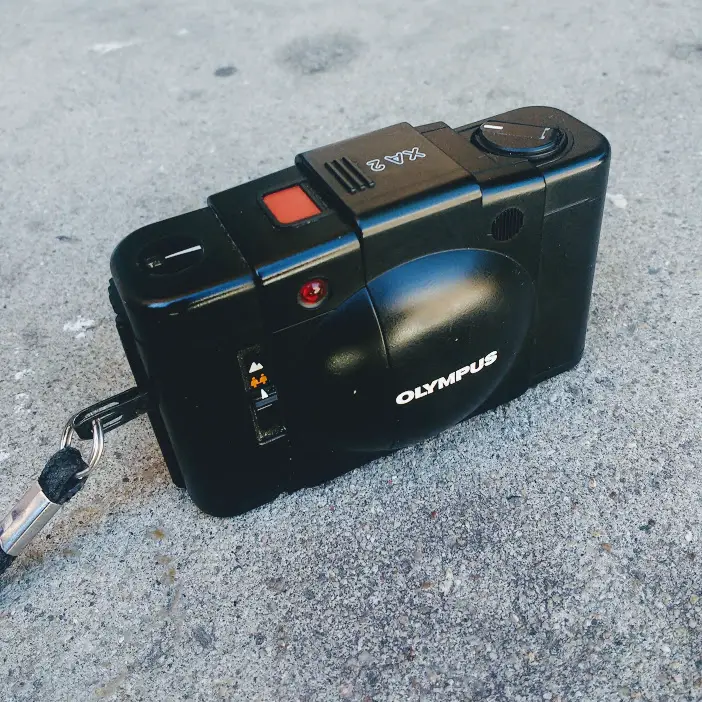
Olympus XA2 – Reigning Champion
For the longest period of time, this was my go-to point-and-shoot compact 35mm camera. It’s slim form factor easy to use clamshell design paired with 3- zone focus and manual ISO (25-800) settings gave me all the control I ever needed to produce the shot I wanted. But wandering eyes led me to gaze at other cameras from afar and wonder if they might better fit my needs.
First, my xa2 does not have a flash true they are available but they make the camera significantly bigger. 97% of the time this doesn’t matter because I do not use flashes but every once in a while I wonder what if?
Second, The lens on my xa2 has always been superb, the focal length works perfectly for my style, the contrast and sharpness are more than adequate and the color rendering has always pleased me (as have most other Olympus Point and shoot cameras:) but I shoot a lot of things with straight lines, and the lens on the XA2 is not the best at reproducing a straight line, especially at the bottom of the frame. This has always kind of bugged me as I do not use Lightroom or any other photo editing software to correct any sort of lens aberration. The result is fence lines, road lines, horizon Lines that sometimes have a bit of a curve to them. I’m sure most people don’t even notice it but to me, this sticks out like a sore thumb.
Like any good film photographers these days, I turned to the internet to find a new compact point and shoot that could improve upon the small faults inherent to my XA2.
1st Challenger – Olympus Stylus Infinity/ Mju I – Upgraded XA2
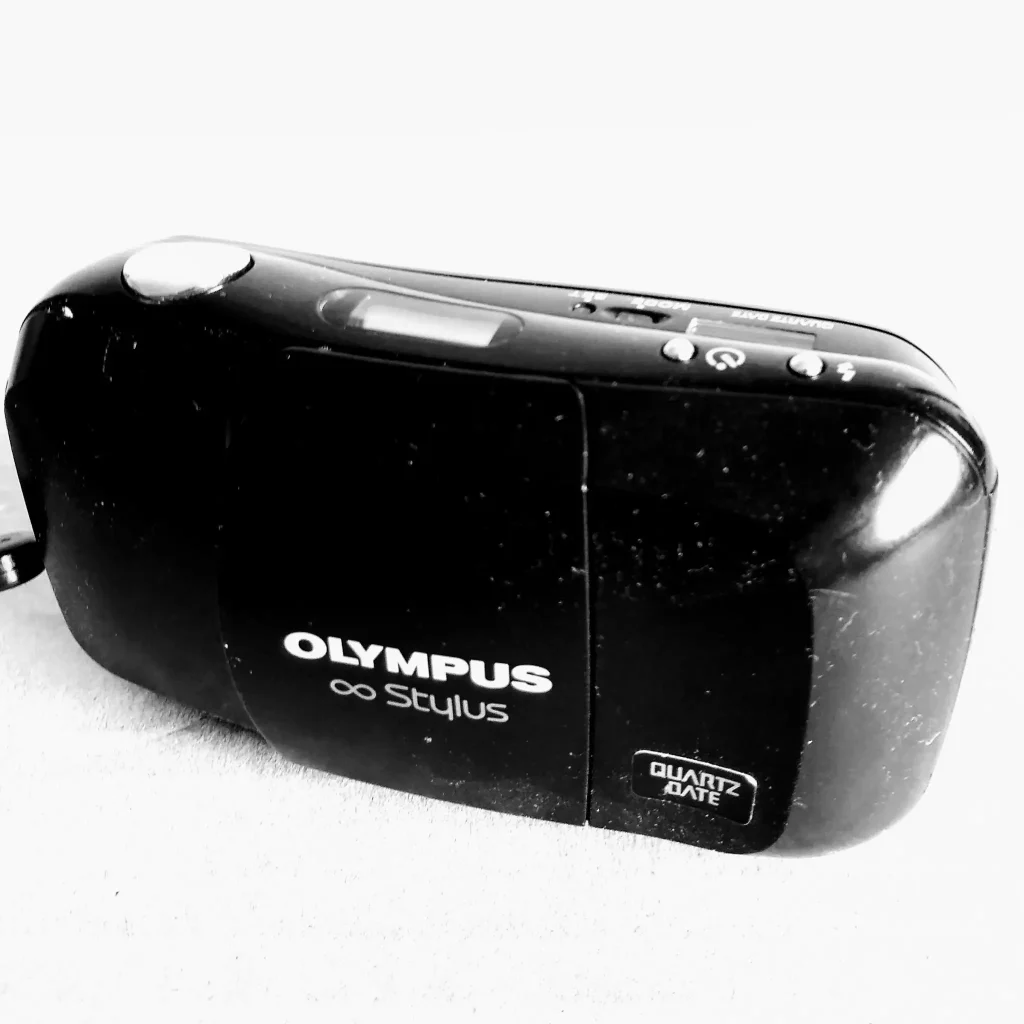
The natural successor to the exit to for me was going to have to be an Olympus Stylus Infinity AKA Mju also by Olympus. Sure I could have gone for the Epic or the Mju II but this one came to me at a steal of a price of $60 USD, plus it had the semi-rare quartz date function which I have recently become enamored with.
In the hand, this camera felt immediately like an upgraded version of the XA series with DX coding, autofocus, auto advance but I soon found out it had some serious limitations…
First and foremost the lack of exposure control was abysmal. I almost never shoot my film at box speed and didn’t intend to do with this camera either. DX code hacking is easy enough, I just throw a strip of electric tape over the code and set the iso to 100.
The second major (and possibly more significant) limitation of this camera was the fact that the flash always wants to be on. As I mentioned before I shoot without a flash 90-plus percent of the time and want to use the flash only for certain creative endeavors. The fact that this camera assumes that I want to use the flash all the time maddens me to no end. I can’t tell you how many times the flash went off in bright sunlight for no reason (oddly enough when looking through scans of rolls I showered this I am unable to tell which photos how to flash go). It takes a few button clicks to set the flash to “off” setting but as soon as you close the clamshell, the flash defaults to on again. Fucking annoying as hell…
Now that I’ve ranted about the negative… This camera has one hell of a form factor, it fits so well in your hand and is so easy to shoot at the blink of an eye I’ve seen very few cameras this intuitive.
Next, the lens is really really exceptional, the images I got back from this camera are fantastic and they seem to be missing the same spherical operations that are present in the xa2 but retain all the contrast and beautiful color rendering present in the XA2. They are both 35/3.5 so it makes sense that Olympus tweaked the design for the better when making this camera.
One other complaint that comes out after using the camera for a bit and seeing the results is the lack of clear frame lines in the viewfinder. Is the whole viewfinder the frame? What about the square in the middle? Is that just for close shots? How close is close? The majority of shots I take with a compact point-and-shoot are not too composition stringent but I still like to know where my frame edges are going to be, more than a few frames came back composed much differently than I had seen in the camera.
Next Up – Pentax PC35AF
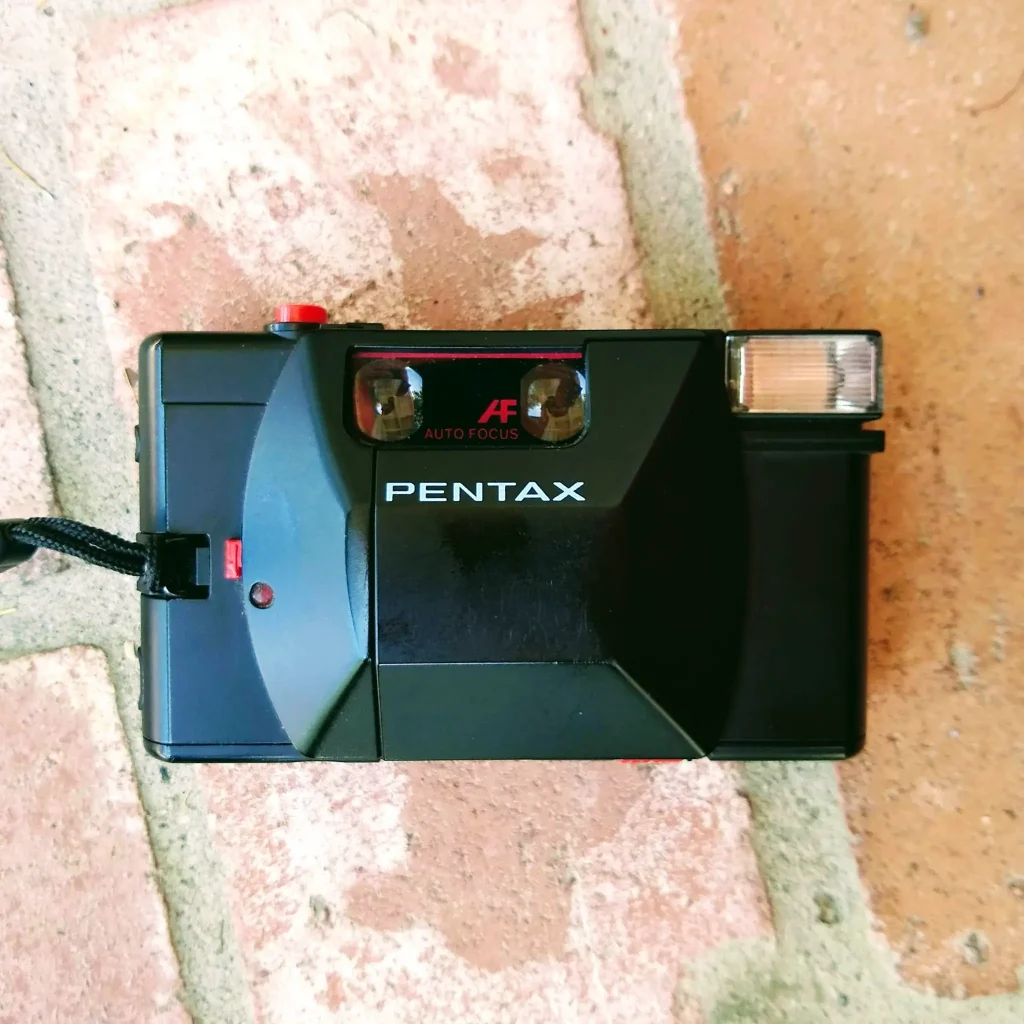
Next, I decided to try Pentax competitor from the same era, the Pentax PC35AF. If you know me well, you know I love Pentax, but I have never had a compact Pentax Point shoot. So when this one appeared on eBay for the sweet price of $29 I had to go for it.
Right away this camera is bigger and heavier than either the Mju I or XA2. Despite the bigger size it still fits in the pocket and feels quite nice in the hand. Like the XA2 it has manual ISO settings I’ll be it somewhat more limited (50-400) and manual film advance wheel which I found to be somewhat rough to use. Like the Mju I, it has autofocus and a flash, but unlike the Mju, the user has complete control over whether or not the flash fires. Also unlike the Mju I, the viewfinder of the pc35af is quite nice. It has a notably cool cast to it but has clean frame lines and 3 focal distance markers so you can be reasonably sure you are focused at the right distance.
Use of this camera is seamless and in a lot of ways really is the best of both the XA2 and the Mju in terms of use. However, the pictures are a little bit different. Contrast is good sharpness is good while the Olympus has a noticeably warm color rendering like the viewfinder the Pentax casts a significantly cool tone across your image. At the beach this was quite nice but what about in cities, or mountains or the suburbs.
And after that- Minolta AF2
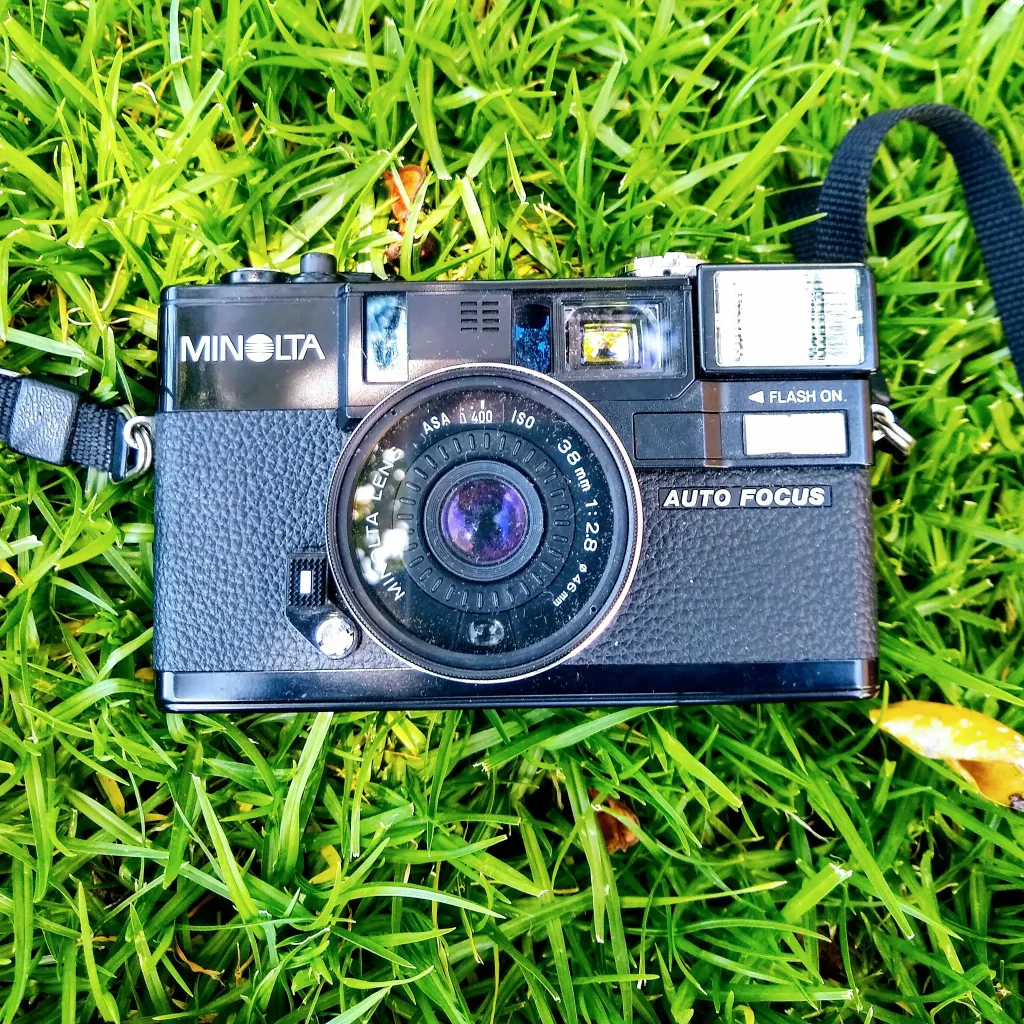
The next camera test it was really supposed to be an Olympus AF 10 for Infinity Junior but my daughter caught me opening the box and decided she wanted that camera for herself. So being a good dad I am I let her have it and she’s taken quite a few shots with it some of which have come out very good. So instead the next camera I threw into the mix was the Minolta AF2.
Like the Pentax 35af, the AF2 it is a little bit stuck between generations with autofocus yet manual ISO setting in manual film advance. It also has full control over whether or not use the Flash. And just like the Pentax, I find this combination to be very easy to work with and very intuitive.
The AF2 is decidedly bigger than any other camera in this test and it begs the question is this camera even compact??? I’m not actually sure but it is extremely light and it packed away in a jacket pocket or over-the-shoulder very easily aka you hardly notice it is there
In use, this camera is just fantastic. The viewfinder is clean, bright and easy to use. The film advance crank feels very positive and the shutter makes a weird blurbing noise but instills a bit of confidence.
Honestly, of all the cameras in this test, I may have had the most fun shooting this camera and that is worth something. This camera also has a different focal lengths 38mm vs 35mm, which I know will freak some folks out. The 3mm difference provides a slightly more cropped view and in a few of the shots it is very noticeable but in a lot of shots, you can hardly tell the difference and the 38mm lens is very good. It produces a sharp, sharp image with beautiful contrast and excellent color rendering and really some of the images from that camera my favorites.
Unfortunately, it’s size is just too big to be considered compact and will be eliminated after one round of the competition. Despite this early elimination this camera will not be getting sold or pawned away just yet. Instead, I will be looking for a new and interesting way to incorporate this camera and the incredible images it produces into my creative workflow.
Accidental Entrant – Ricoh AF40
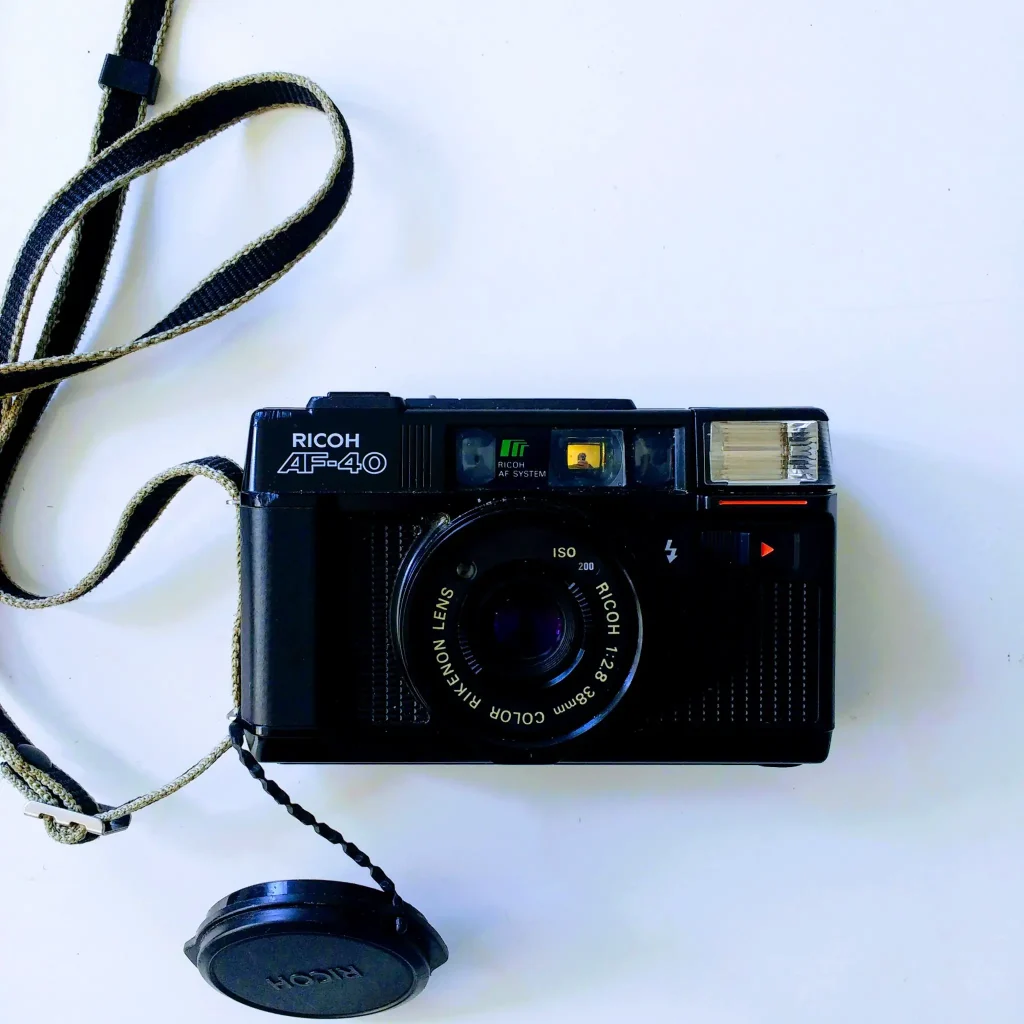
Let’s be serious this camera was just an afterthought. I liked the slightly bigger form factor of the Minolta just enough and came across a few of this dirt cheap on eBay, unfortunately, none of them worked. The first one crapped out about halfway through the roll, this one the second one I had intended to use for the cheap shots challenge with Sunny 16 and if you saw the results on that and look at these results here you can see that it is plagued by horrendous light leaks on every frame.
That being said the camera was easy to use it to as a hybrid full auto Focus, Auto exposure, and auto advance manual ISO control and manual Flash control.
Images
Here they are: All shot with Fuji Superia 400 rated at 100. Try to guess which camera is which…
Camera A
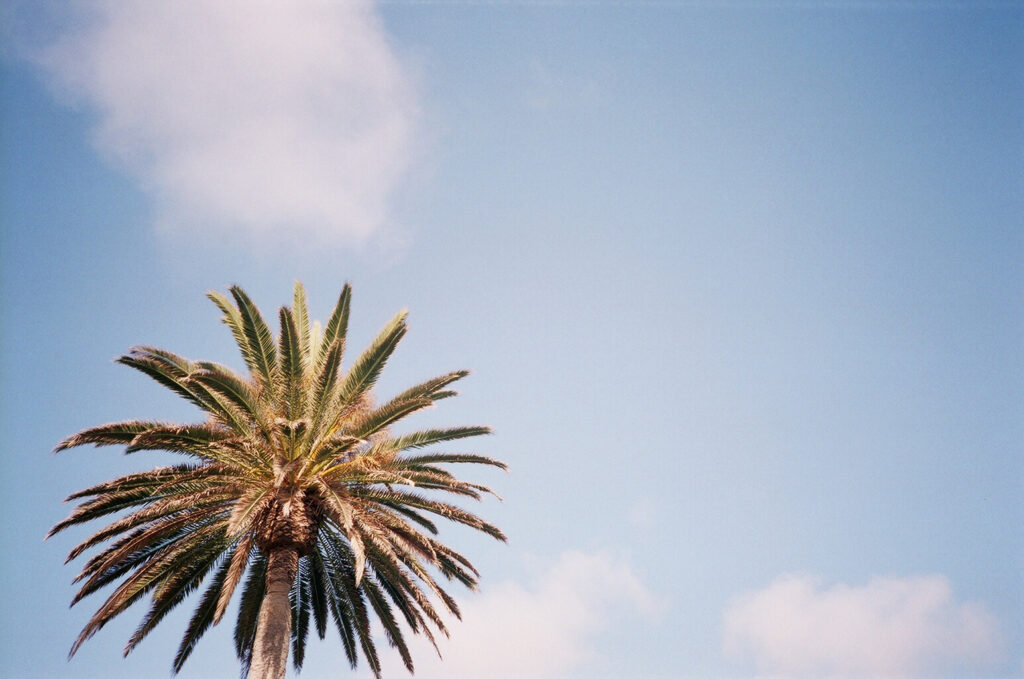
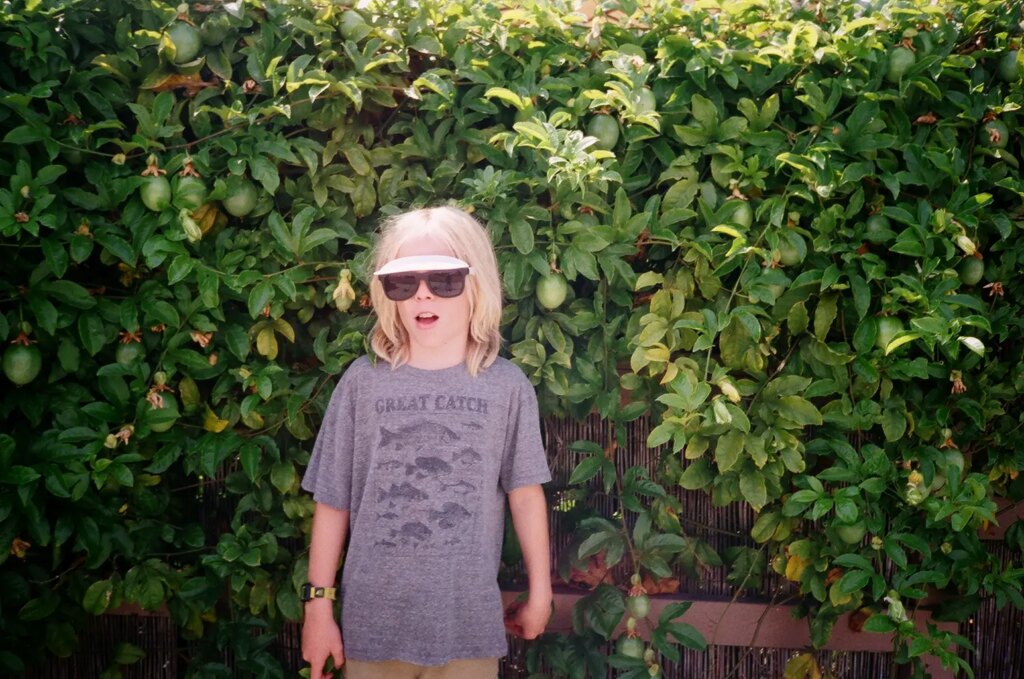
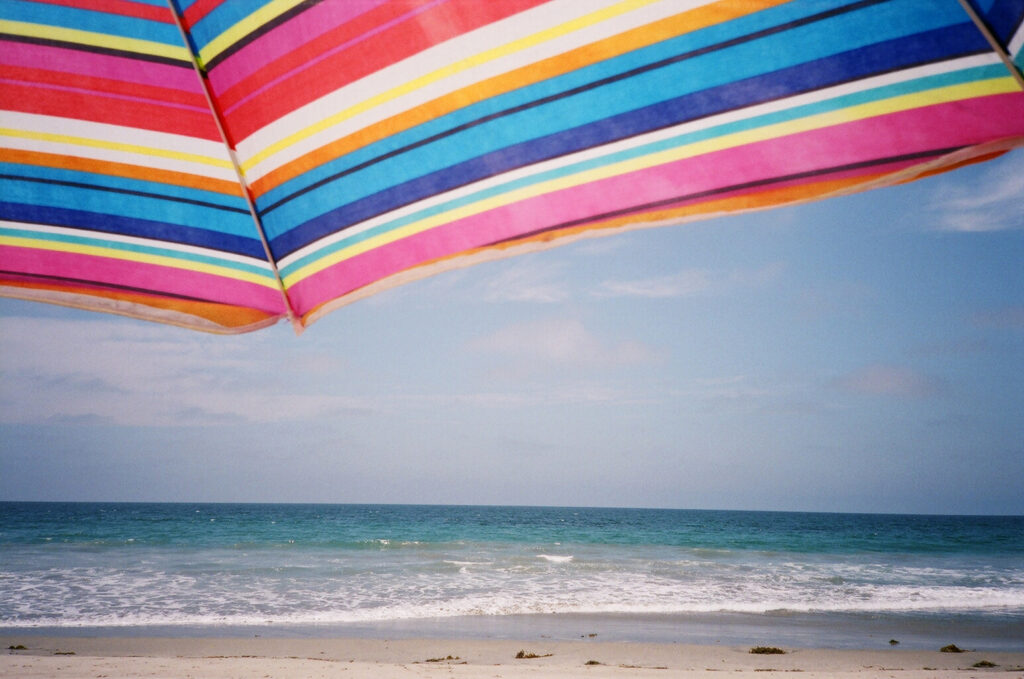
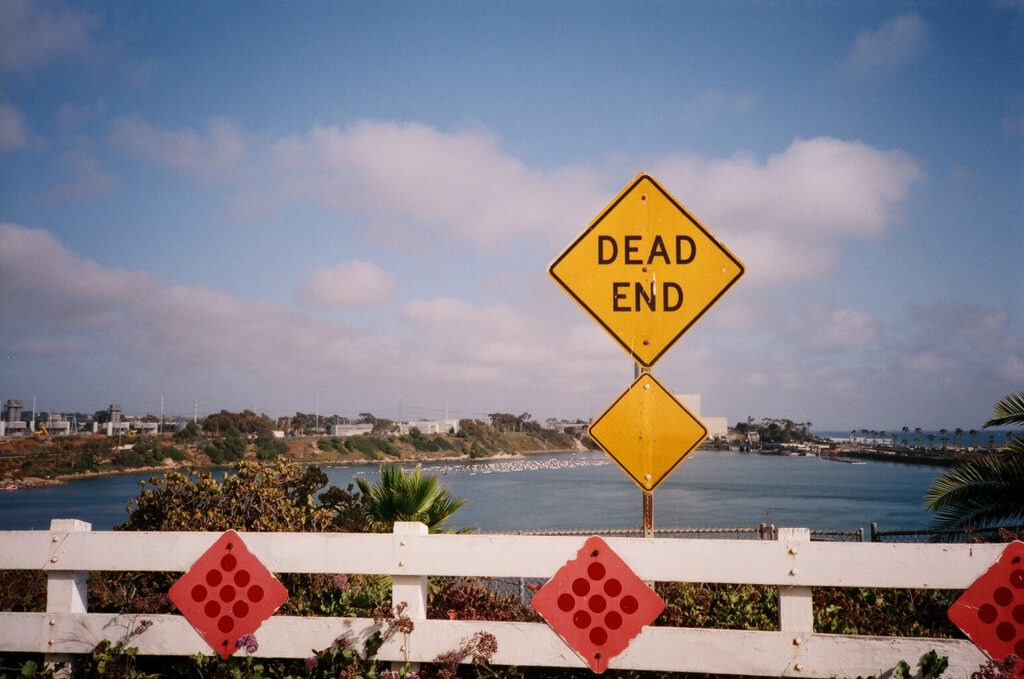
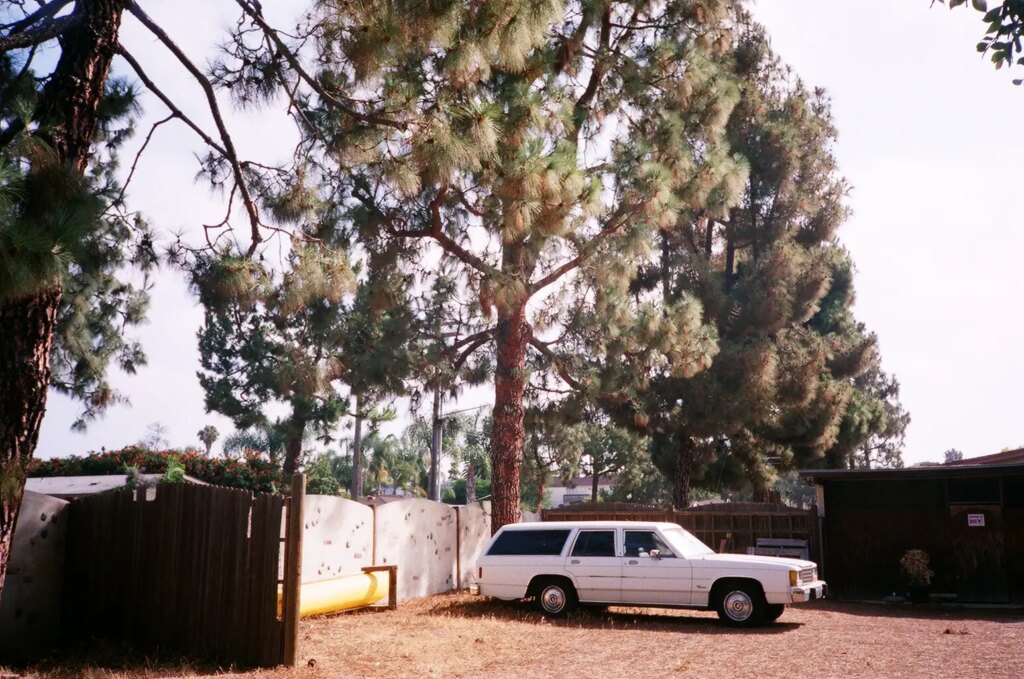
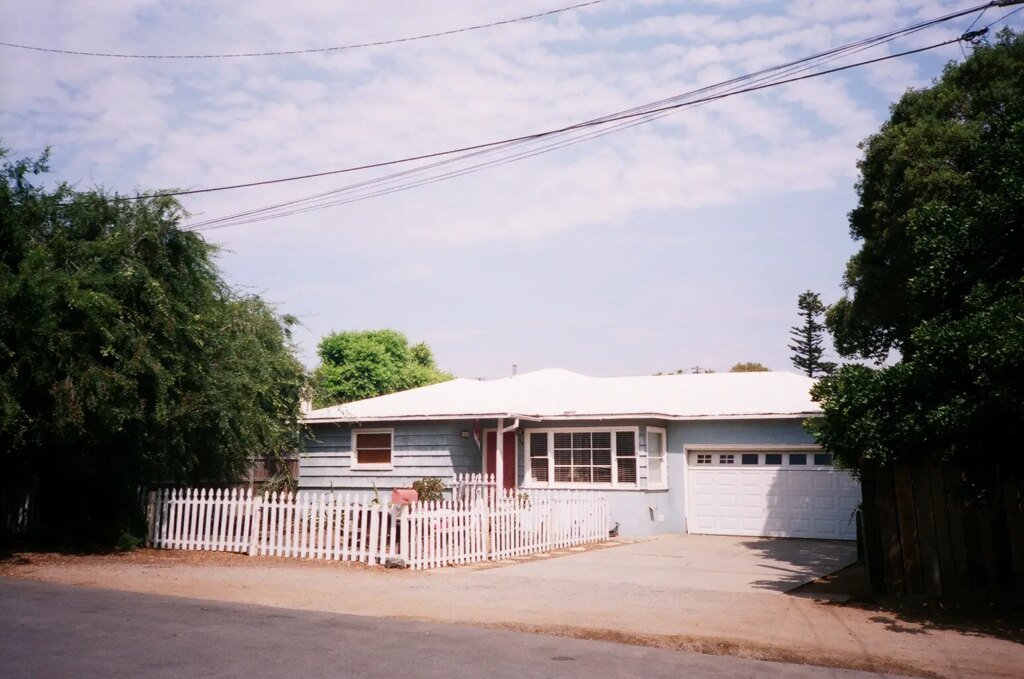
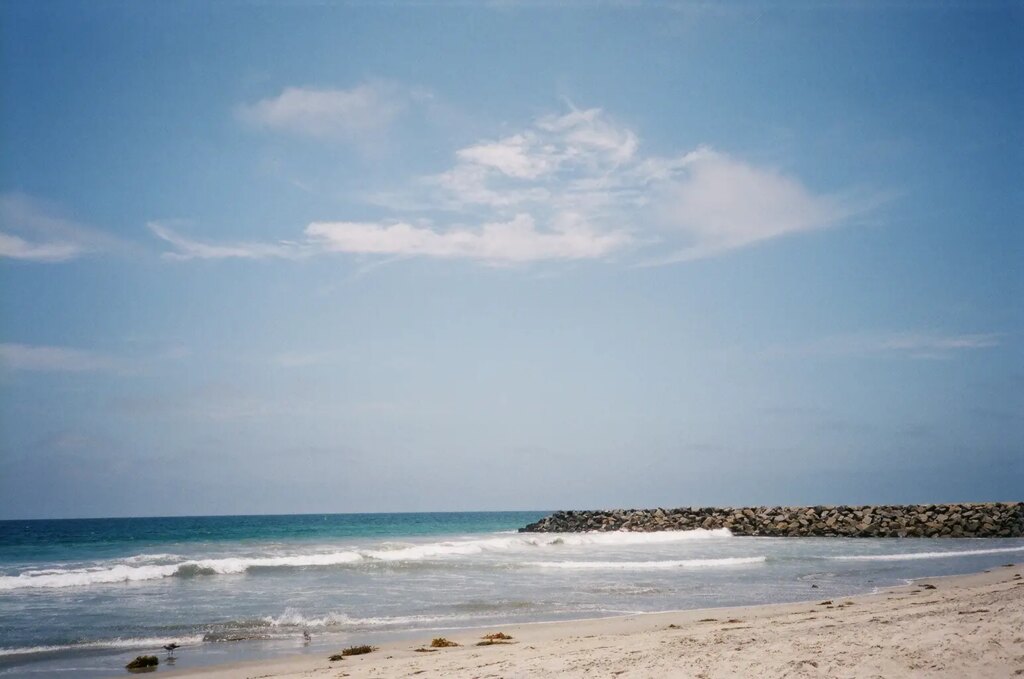
Camera B
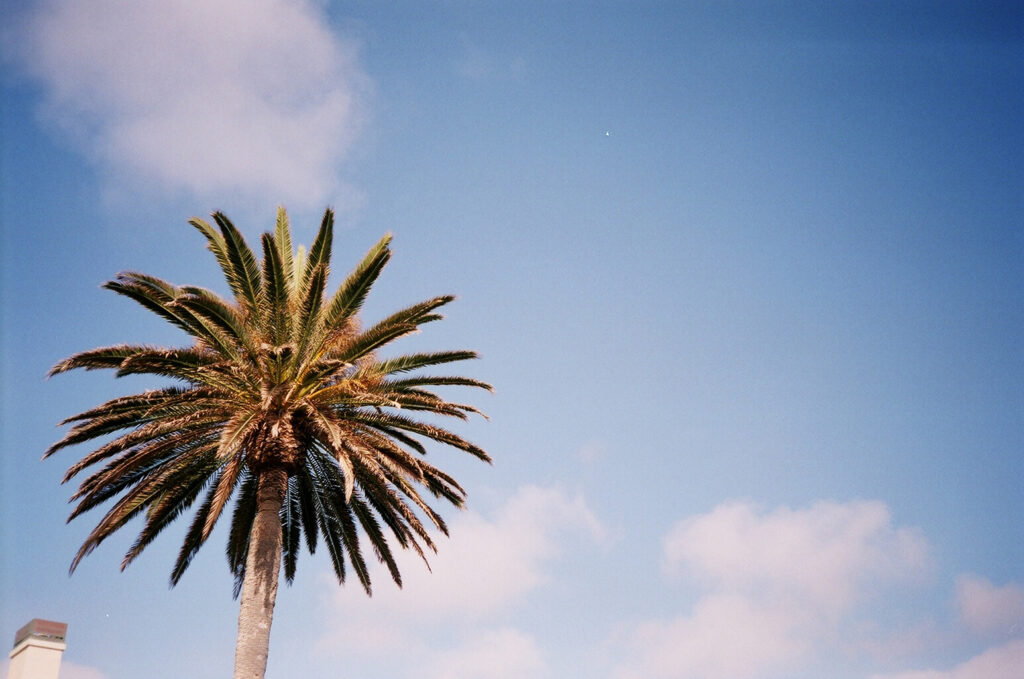
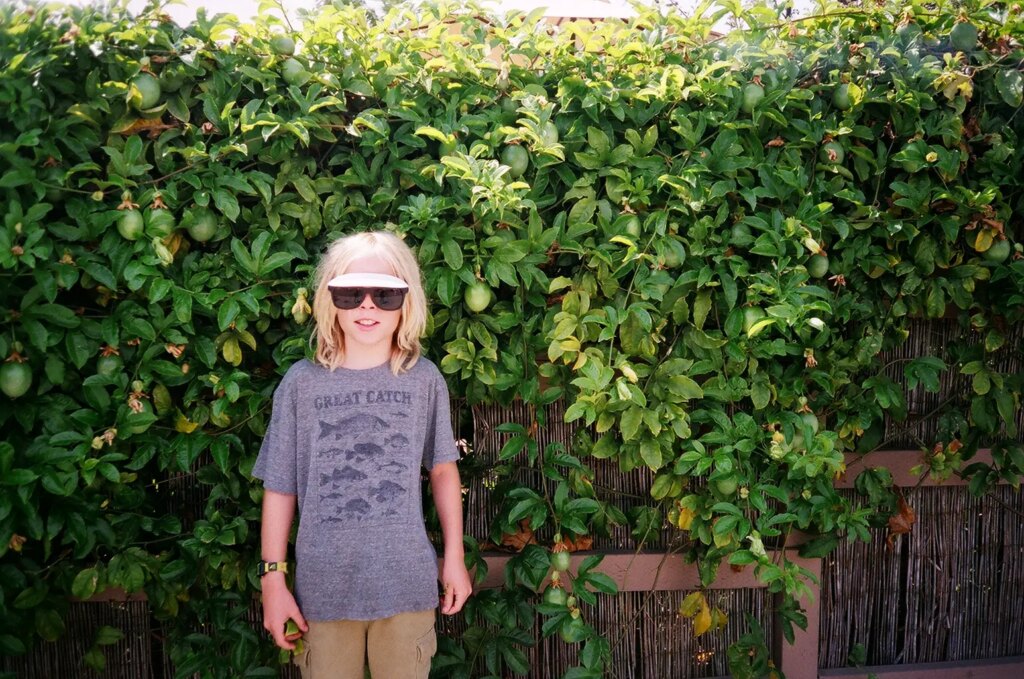
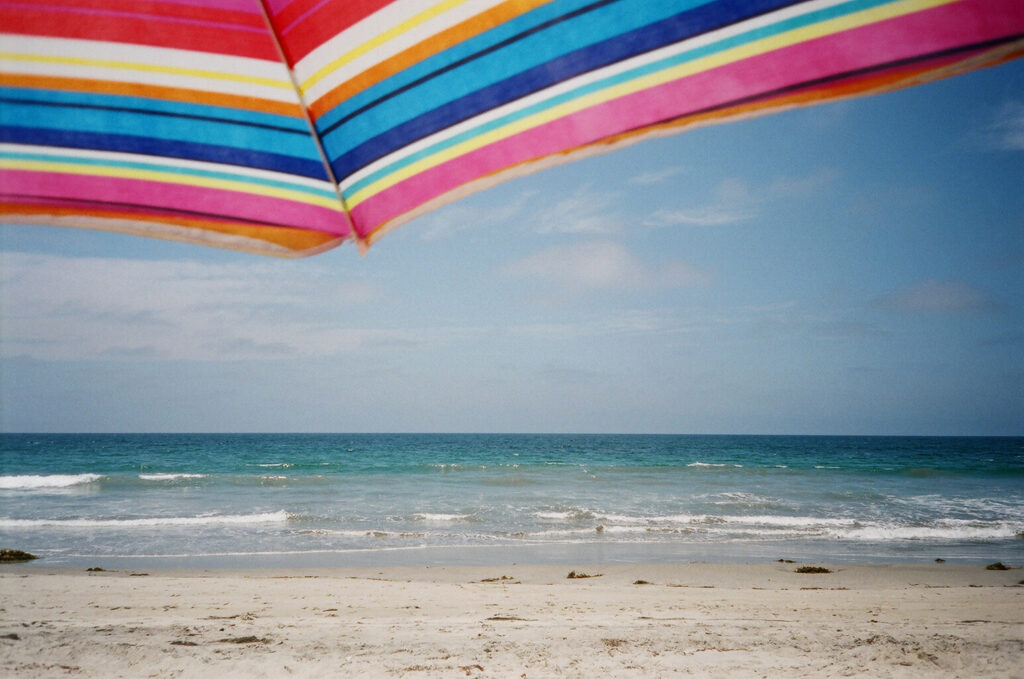
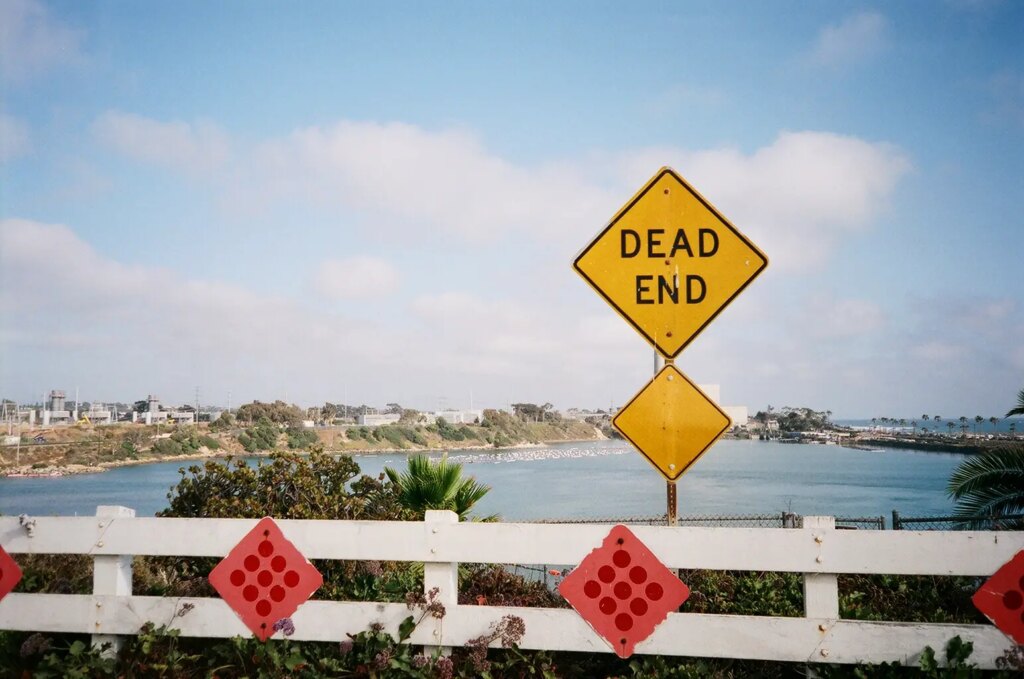
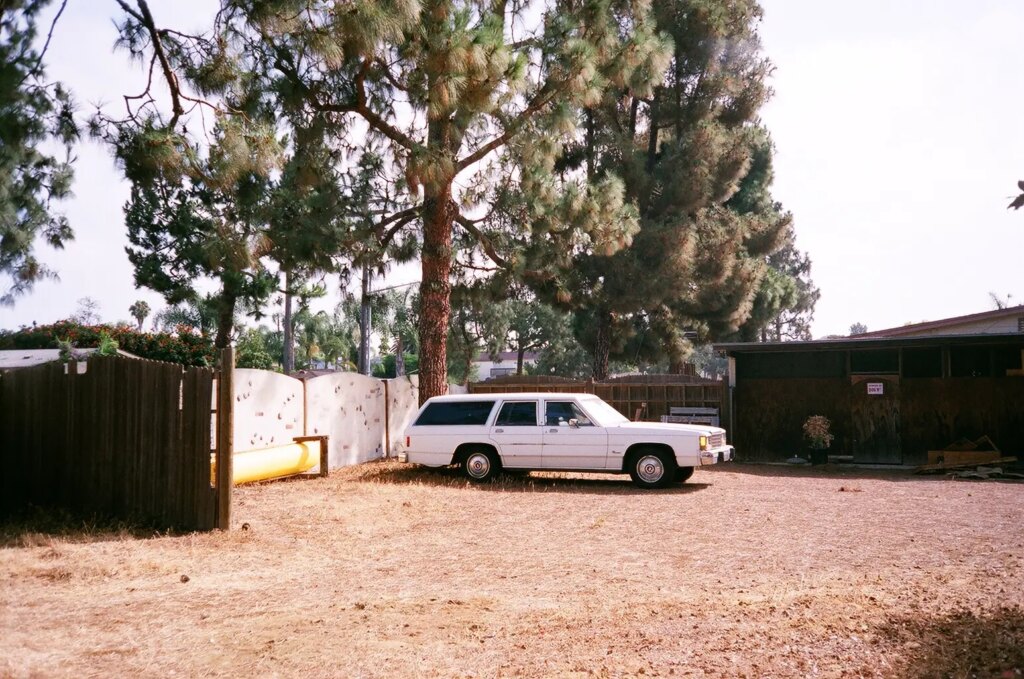
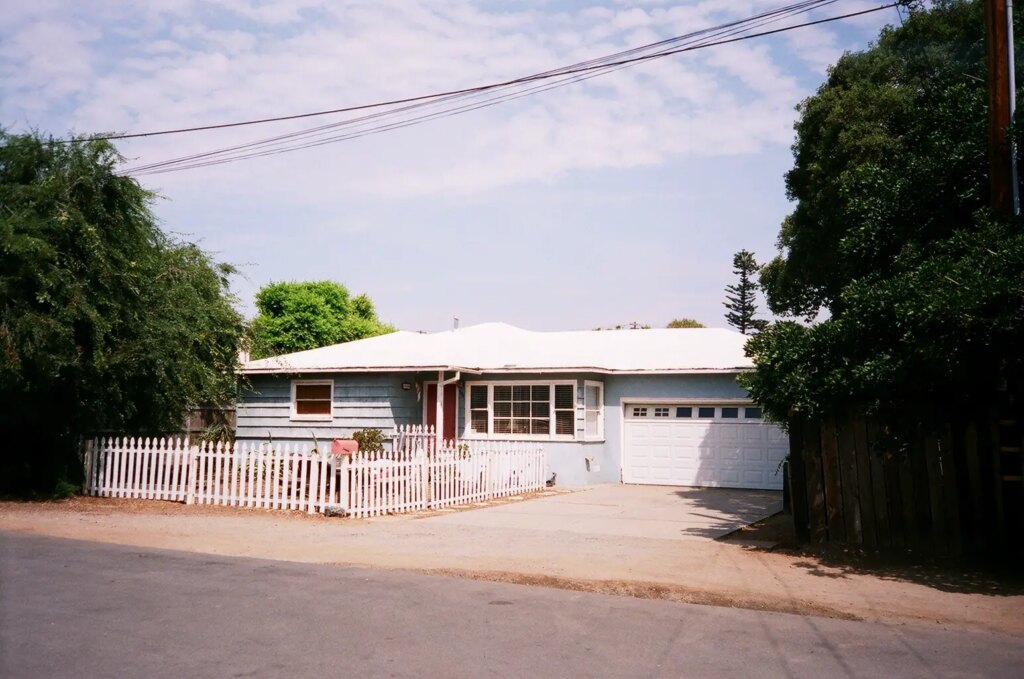
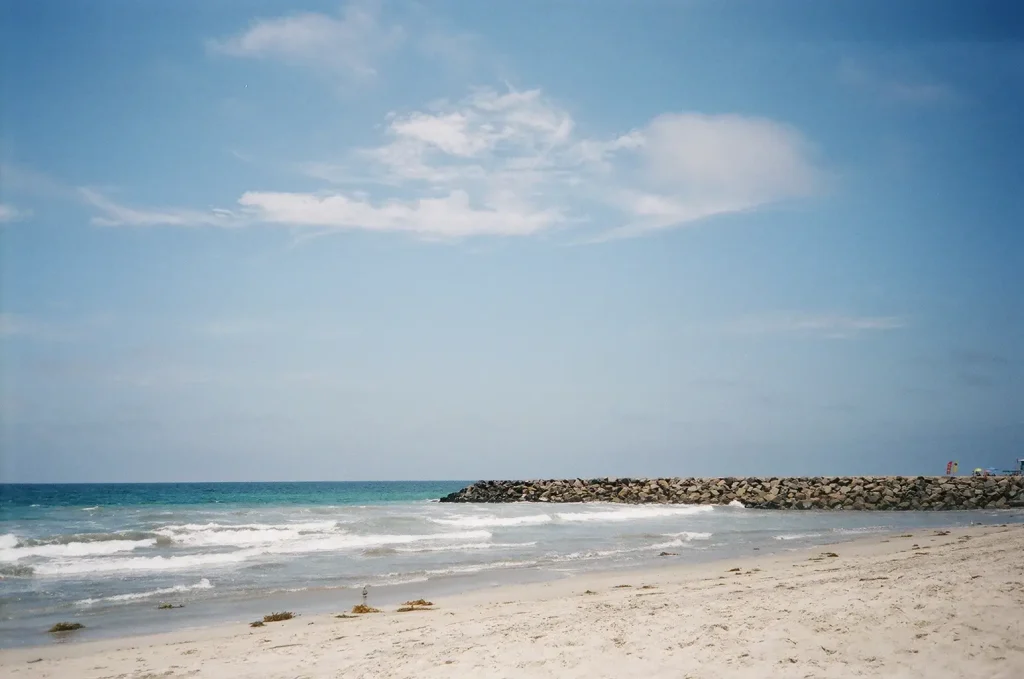
Camera C
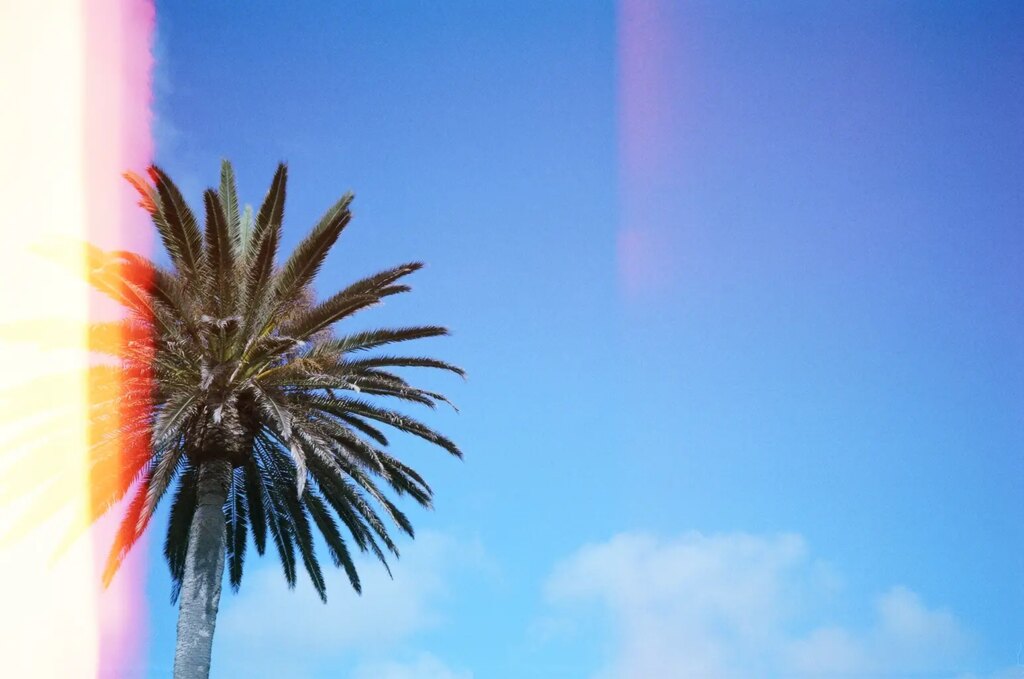
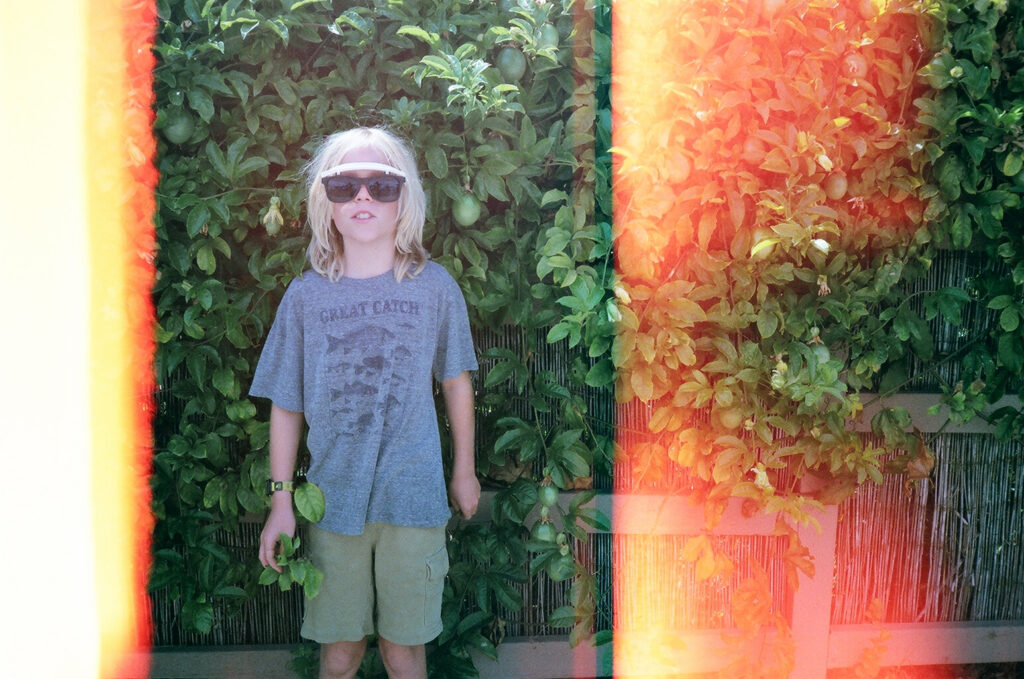
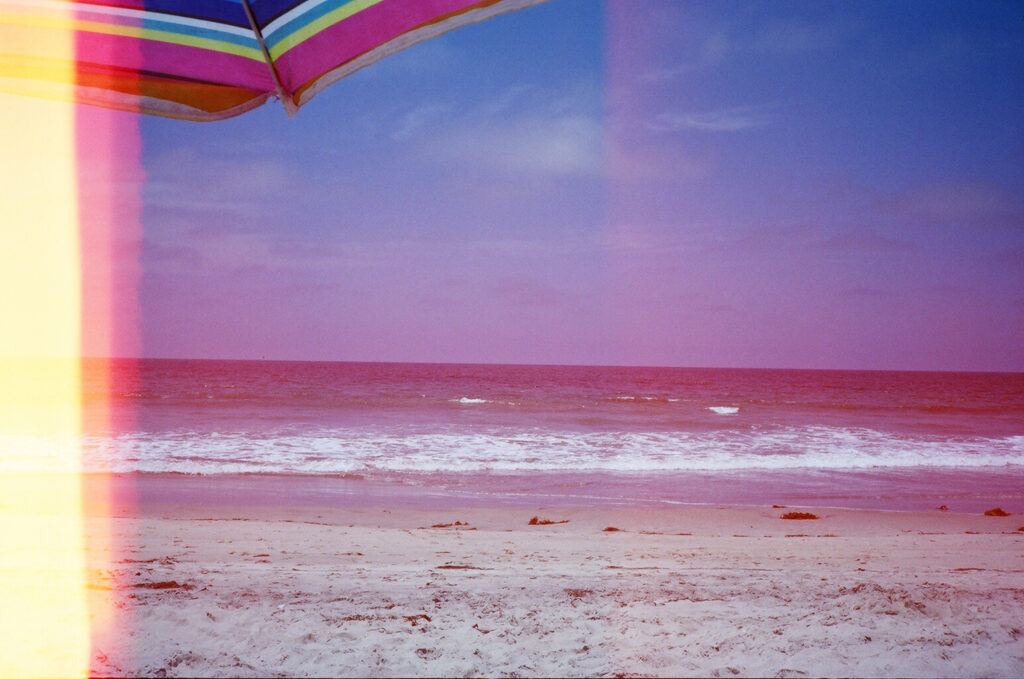
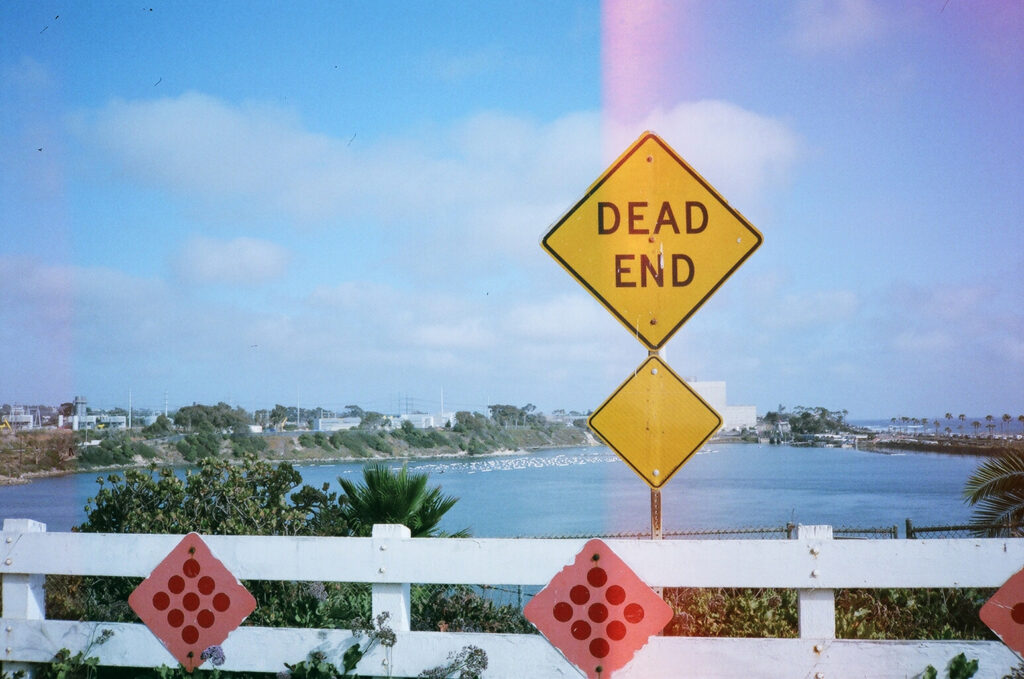
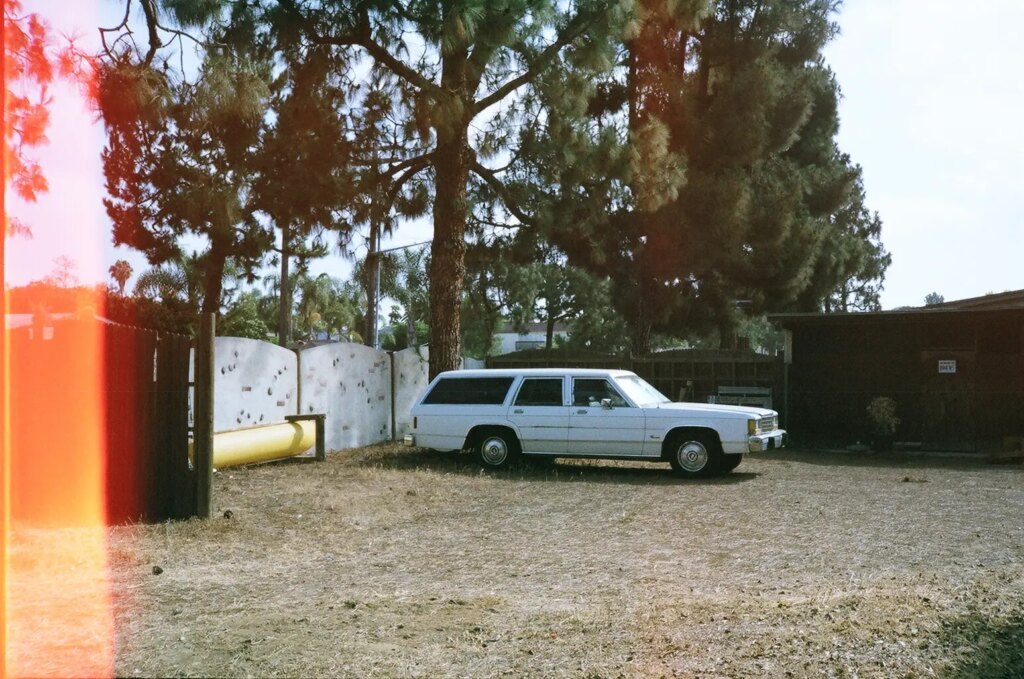
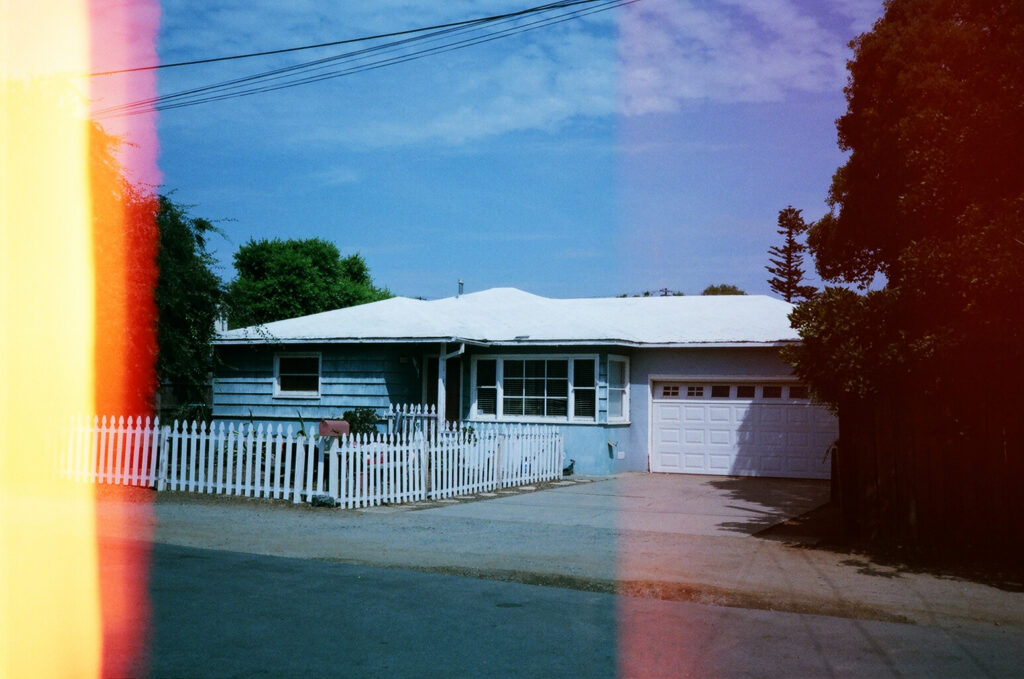
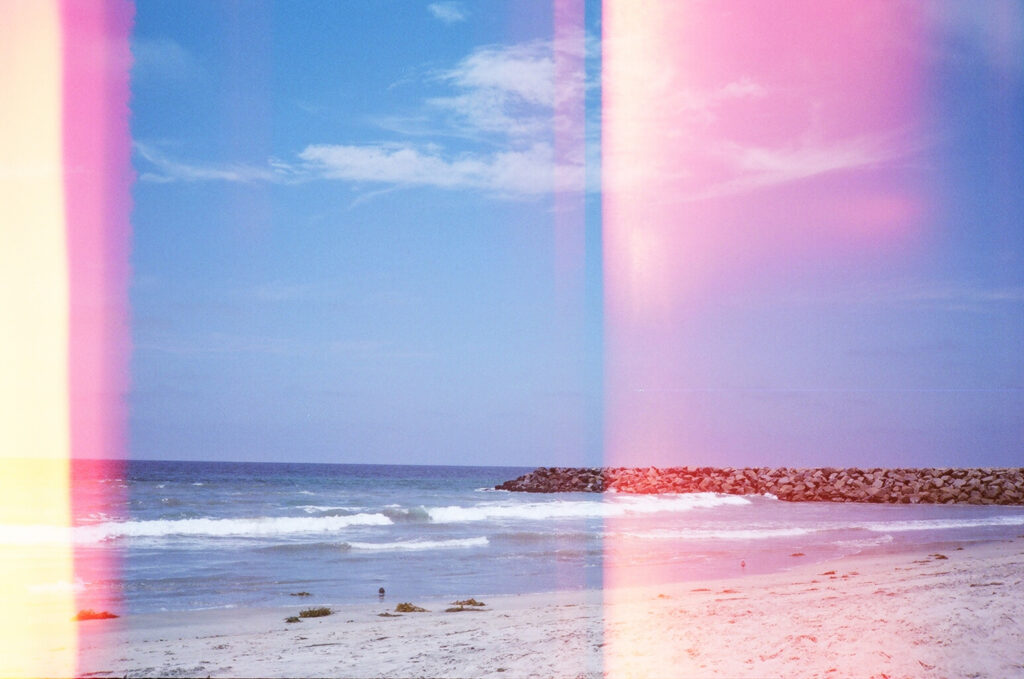
Camera D
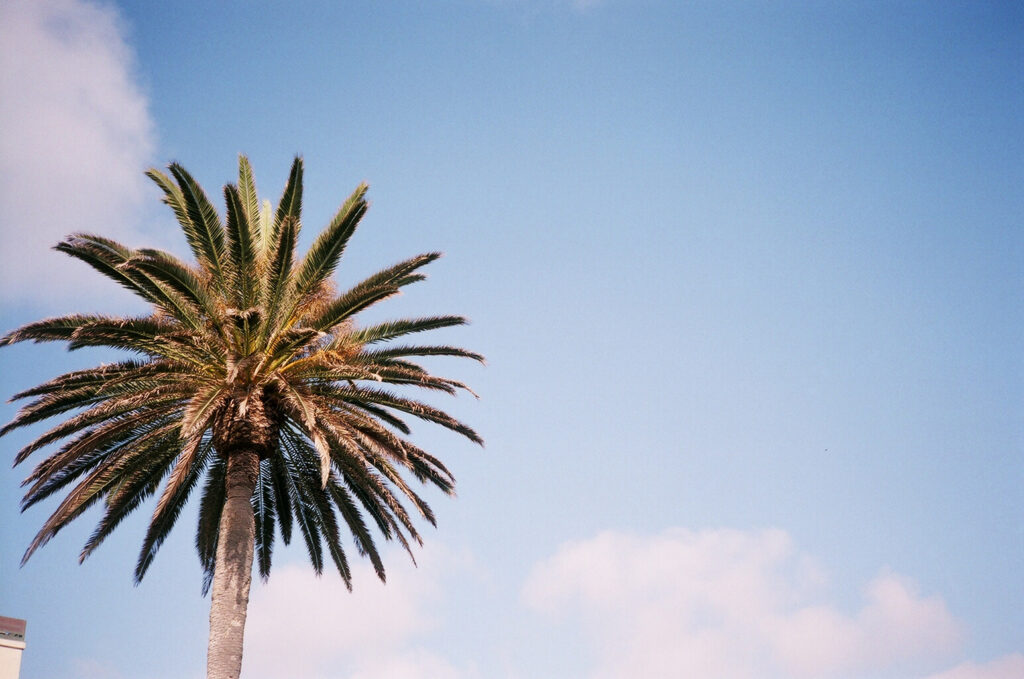
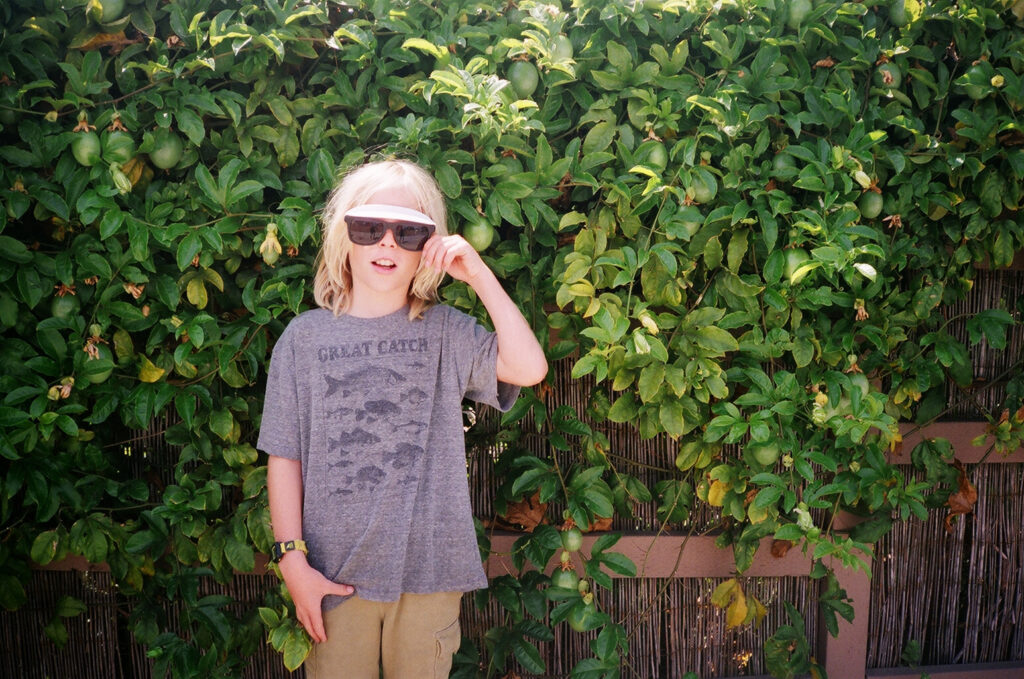
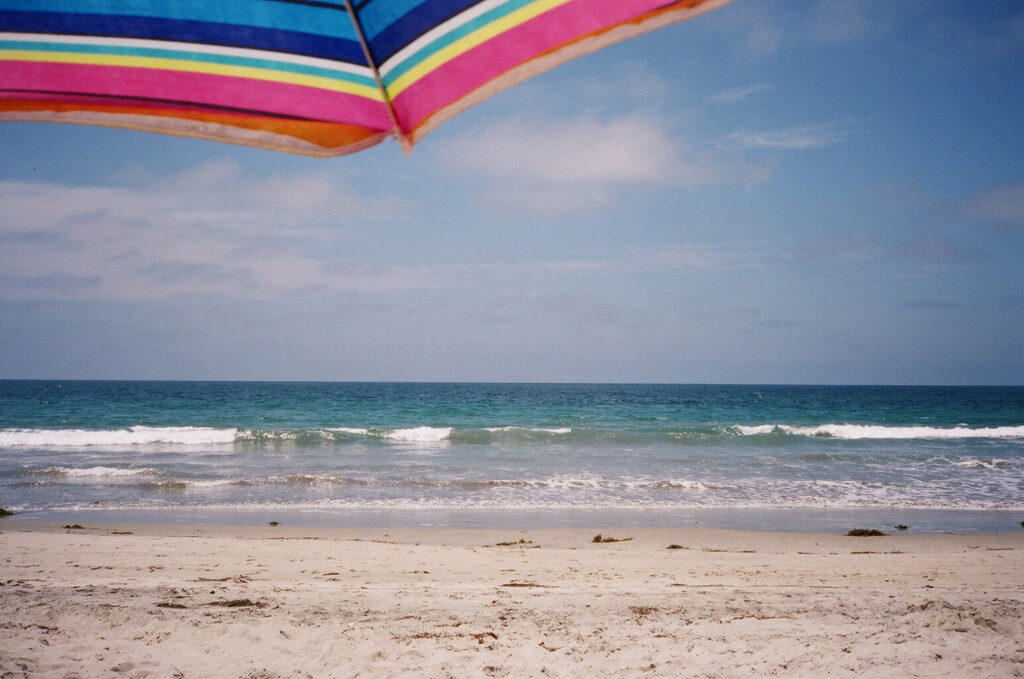
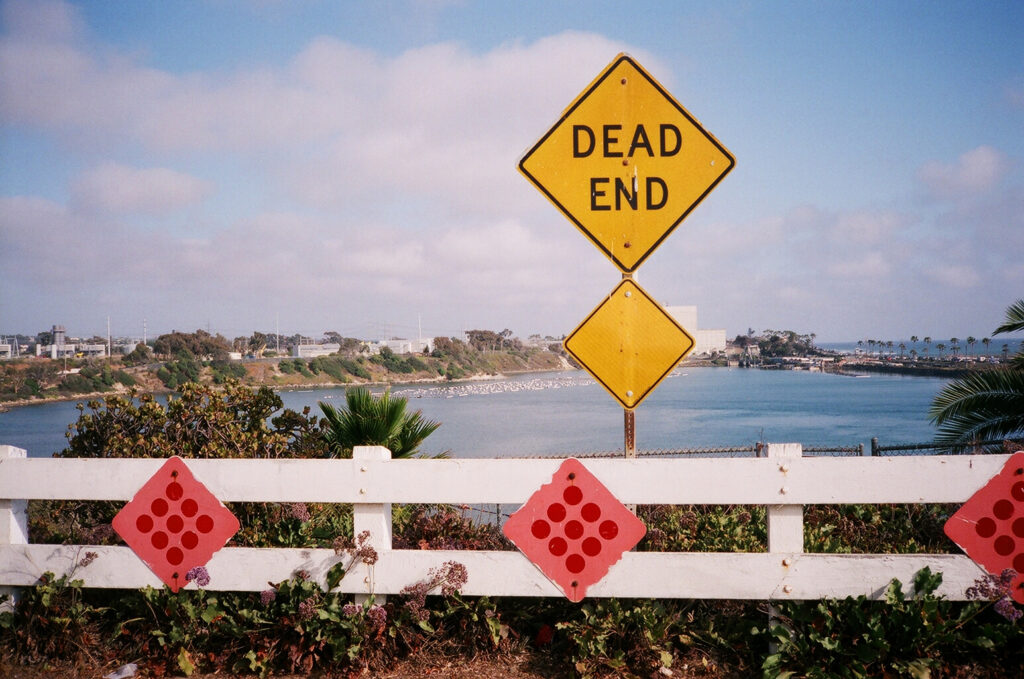
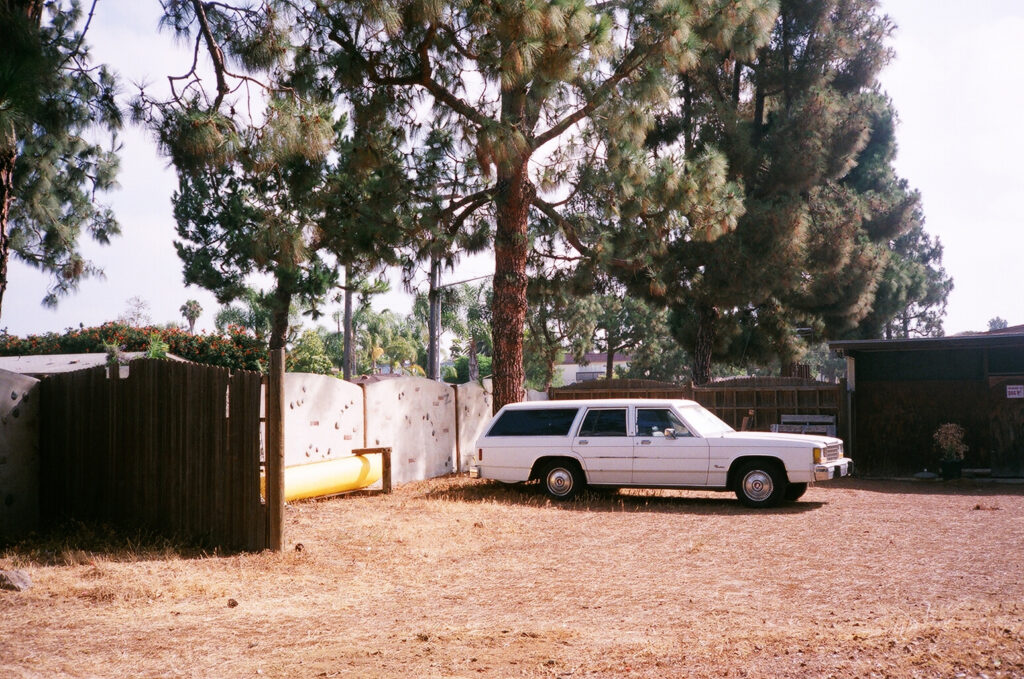
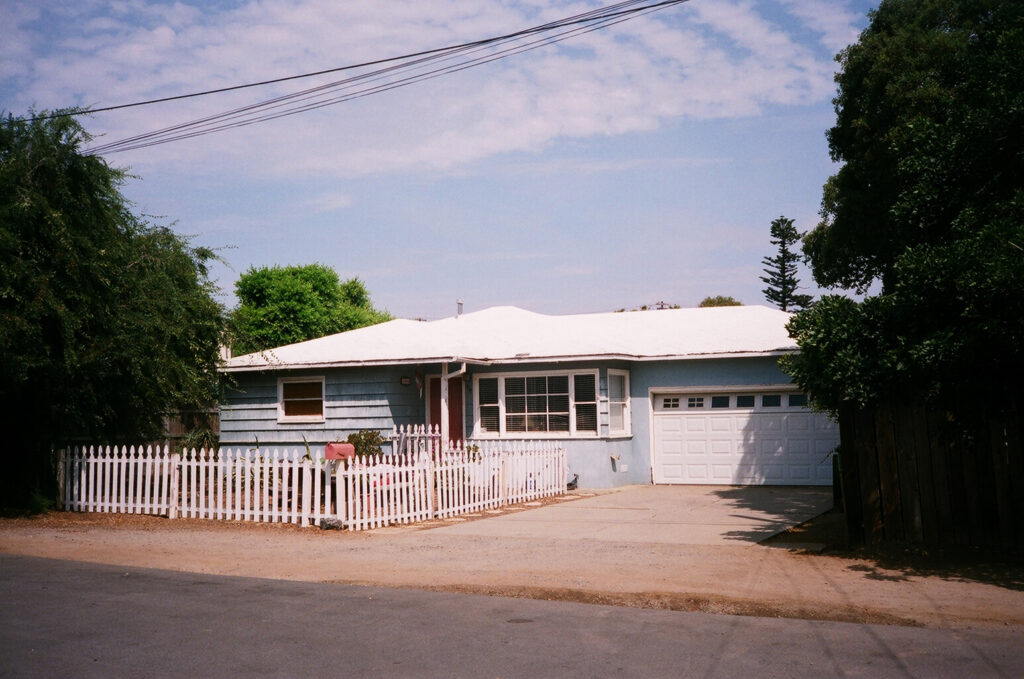
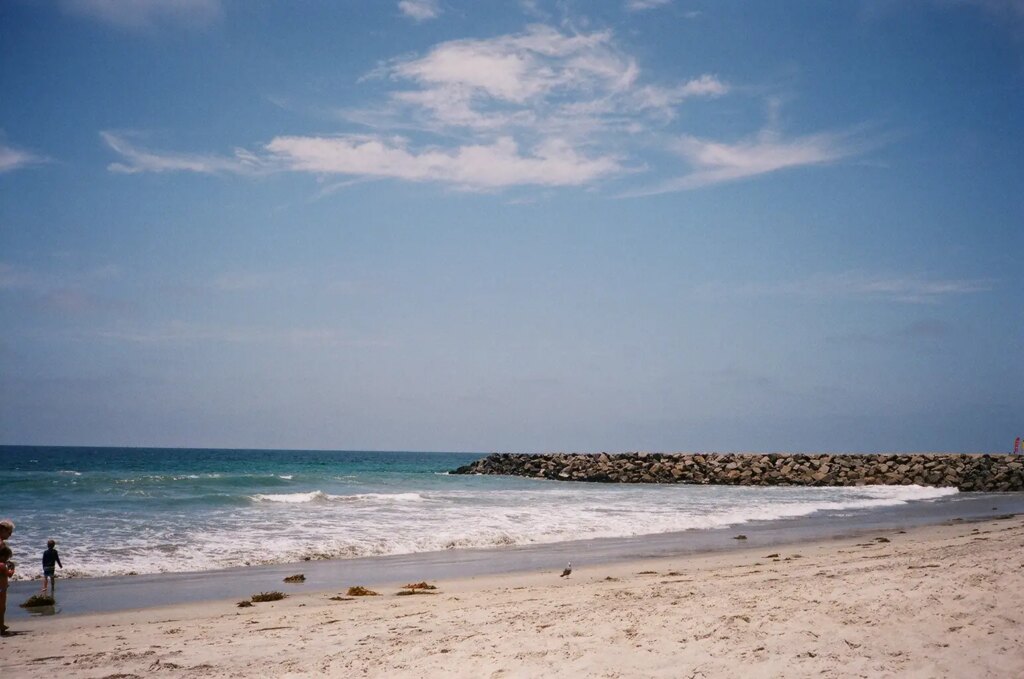
Camera E
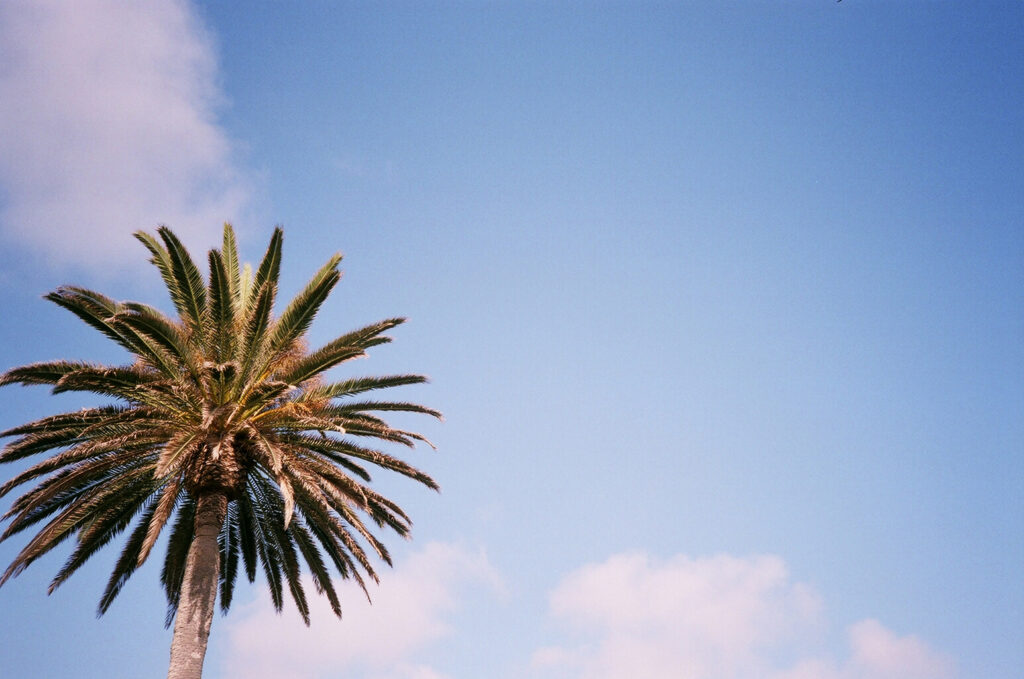
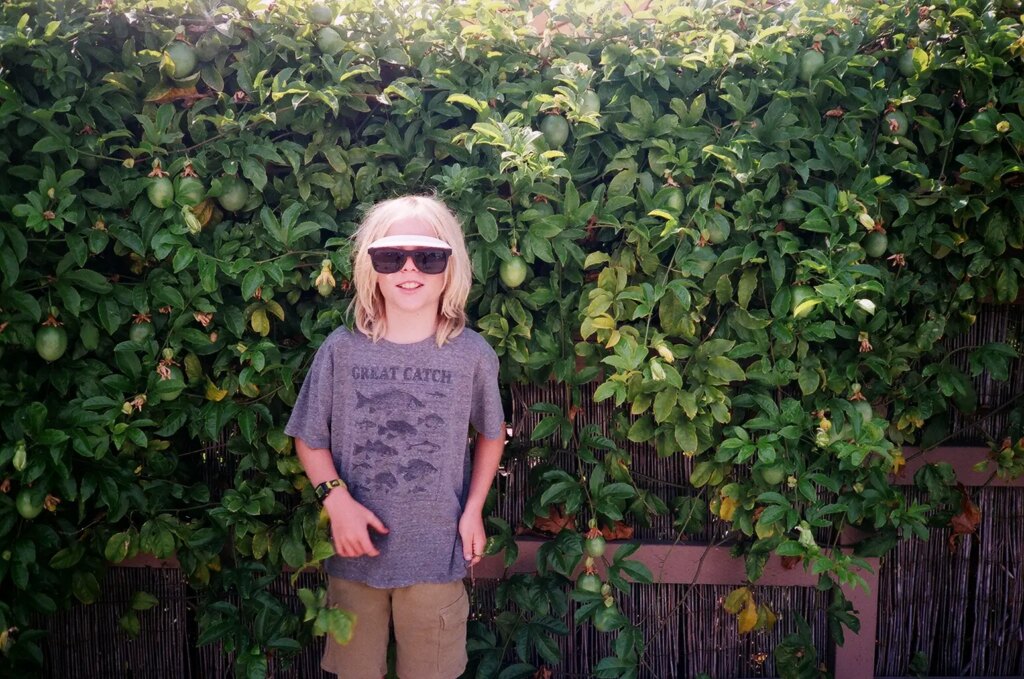
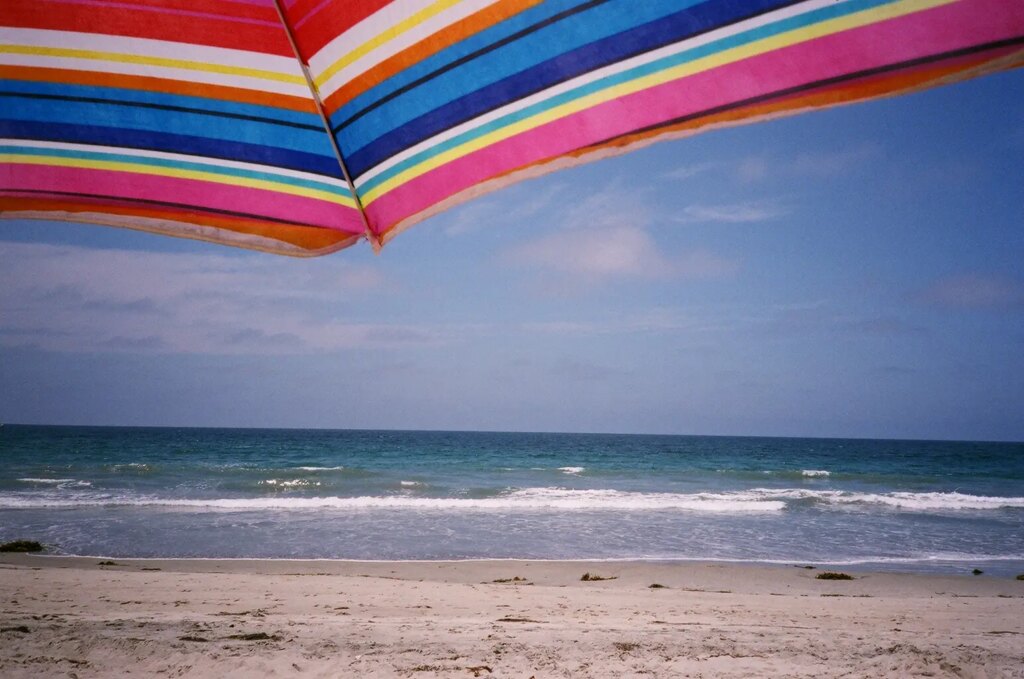
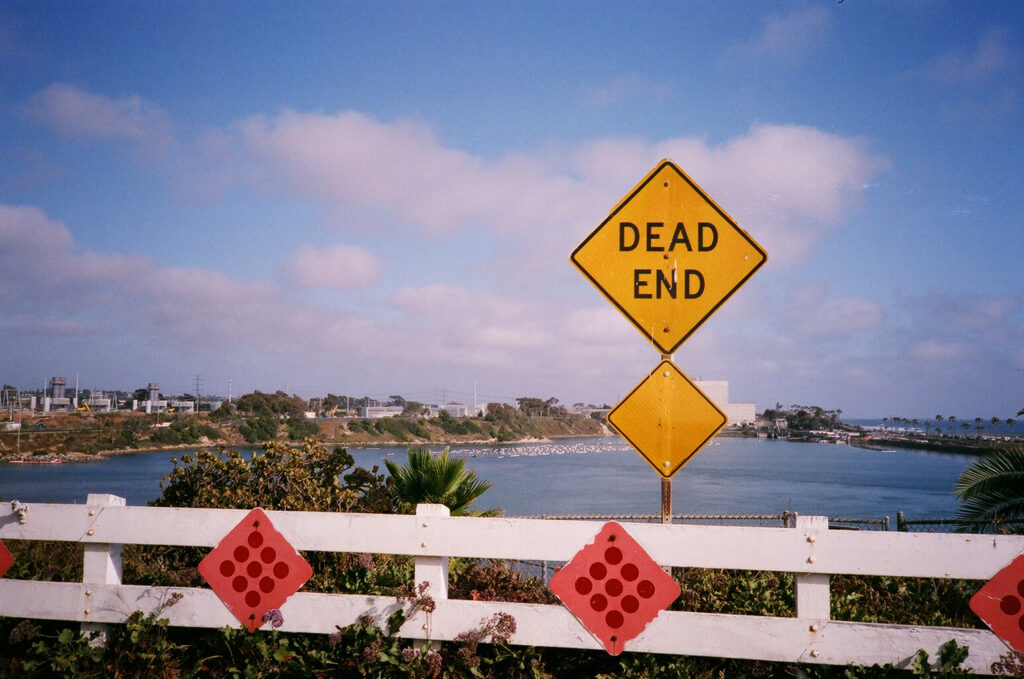
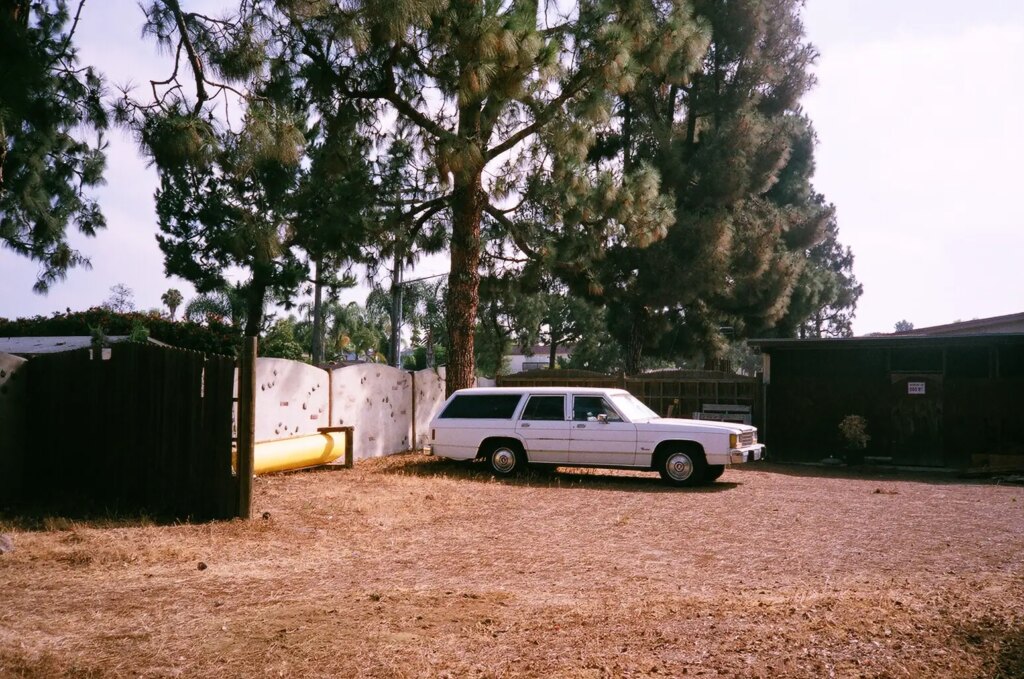
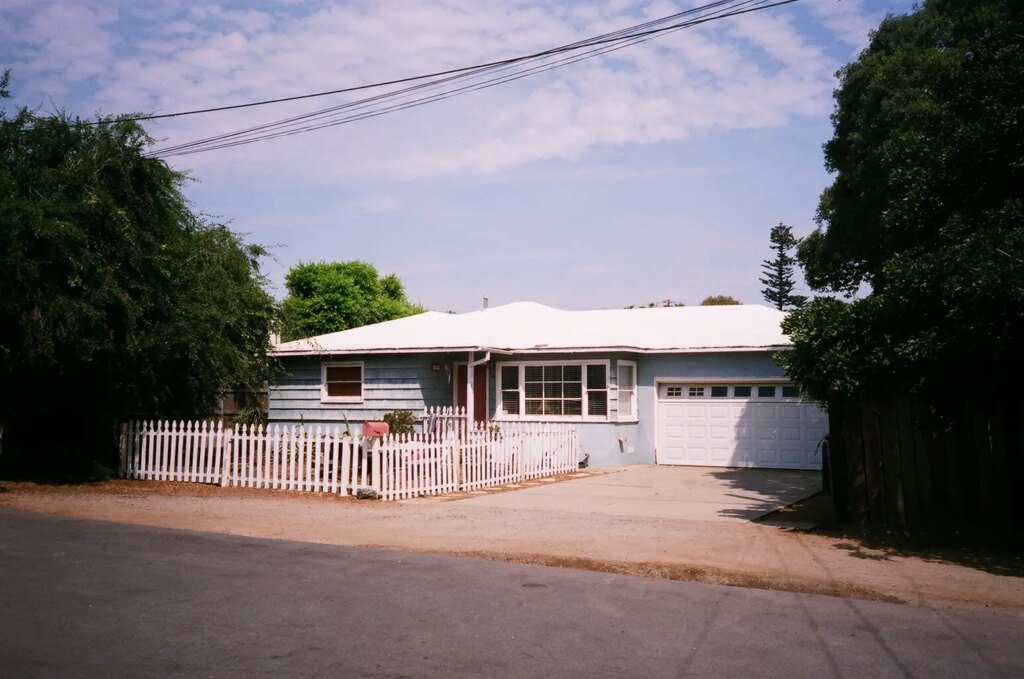
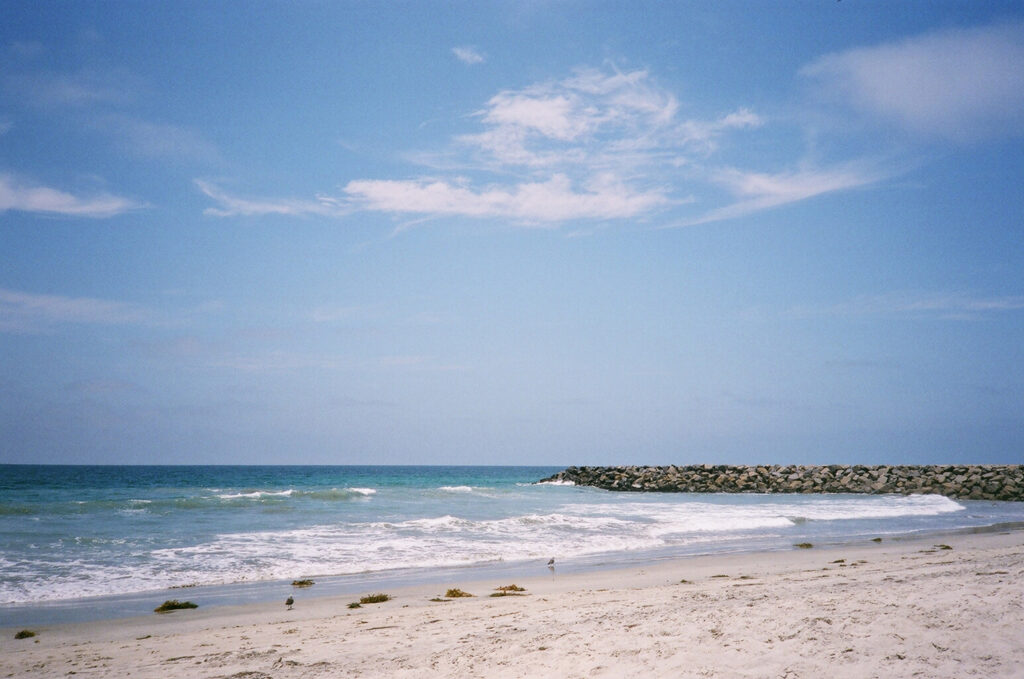
Conclusions
Which images did you like best? Can you tell which camera is which? Does it even matter? I had a definite favorite. Since writing this article last summer I have gotten rid of every camera except for two and I haven’t looked back
When I am not wasting film on tests like this, I am usually wasting film in one of my many half-frame cameras.
Check out www.halfframeclub.com for more info.
Thanks
Dan Marinelli
P.S. Click here for the answers
Share this post:
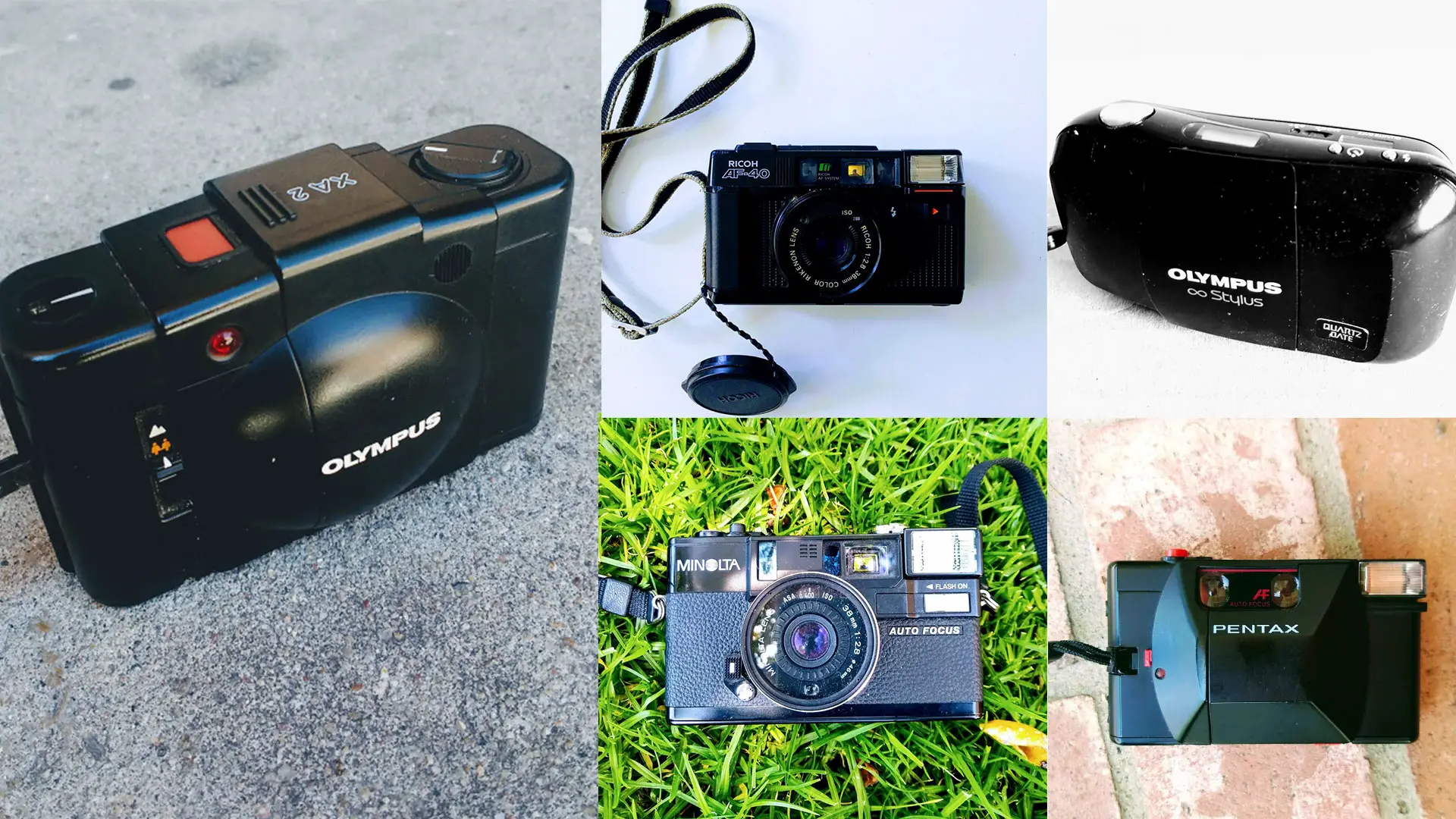








Comments
Victor on Point and Shoot Shootout on a Budget – By Dan Marinelli
Comment posted: 18/07/2019
Duncan Gammon on Point and Shoot Shootout on a Budget – By Dan Marinelli
Comment posted: 18/07/2019
Well for me, I prefer the look of the images from Camera B - might that be the Minolta???
srdjan eftimivski on Point and Shoot Shootout on a Budget – By Dan Marinelli
Comment posted: 18/07/2019
Michael Kay on Point and Shoot Shootout on a Budget – By Dan Marinelli
Comment posted: 18/07/2019
Magnus on Point and Shoot Shootout on a Budget – By Dan Marinelli
Comment posted: 18/07/2019
Comment posted: 18/07/2019
Comment posted: 18/07/2019
Comment posted: 18/07/2019
Dan on Point and Shoot Shootout on a Budget – By Dan Marinelli
Comment posted: 18/07/2019
By the way if you're into zone focus cameras like the XA2 I'd say check out the Yashica MC. It's a tiny Electro 35 that fits in a blazer pocket - with a nice 40mm yashinon lens.
Nick Lyle on Point and Shoot Shootout on a Budget – By Dan Marinelli
Comment posted: 18/07/2019
Comment posted: 18/07/2019
srdjan eftimovski on Point and Shoot Shootout on a Budget – By Dan Marinelli
Comment posted: 18/07/2019
hope we get results soon!
DaCosta on Point and Shoot Shootout on a Budget – By Dan Marinelli
Comment posted: 19/07/2019
Matt Phelps on Point and Shoot Shootout on a Budget – By Dan Marinelli
Comment posted: 19/07/2019
Which is which??? I assume the ones with light leaks are the Ricoh. Don't leave us hanging man! :)
Have you tried a Nikon L35AF? I just picked one up for $65. It has manual ISO setting 50-1000 but auto film advance, and the lens is great.
Comment posted: 19/07/2019
Comment posted: 19/07/2019
Nigel Cliff on Point and Shoot Shootout on a Budget – By Dan Marinelli
Comment posted: 19/07/2019
Nicole W on Point and Shoot Shootout on a Budget – By Dan Marinelli
Comment posted: 19/07/2019
J Clark on Point and Shoot Shootout on a Budget – By Dan Marinelli
Comment posted: 19/07/2019
Dan Marinelli on Point and Shoot Shootout on a Budget – By Dan Marinelli
Comment posted: 19/07/2019
B is Olympus Mju
C is Ricoh AF 40
D is Minolta AF 2
E is Pentax PC 35
I kept D and E, gave A to a good friend for backpacking trips, sold B for enough to get a CLA for my spotmatic and a ten pack of Ektar and have C sitting on my bookcase for decoration.
Comment posted: 19/07/2019
Gandhi Cabanas on Point and Shoot Shootout on a Budget – By Dan Marinelli
Comment posted: 19/07/2019
Mike Gayler on Point and Shoot Shootout on a Budget – By Dan Marinelli
Comment posted: 20/07/2019
It would be interesting to repeat this at different (lower) limits.
My upper budget for any camera has always been £25 - and just like /u/Dan above - I'd be happy to use almost any Pentax Espio for the foreseeable future - and for less than £10 if you aren't picky about the exact model.
Paul C in the UK on Point and Shoot Shootout on a Budget – By Dan Marinelli
Comment posted: 04/05/2022
As a result, the $20 cameras of 2019 are now snaped up by professional sellers who are creating a new markey for high cost old film cameras. Mju II and Yashica T4s have long passed the $100 mark and others are following.This is a high price for what are fragile machines with usually plastic parts that are getting brittle with age and prone to failure.
So please - all of you - share your experiences with these often "no name" cameras; whle the herd rushes to buy a T4 or Mjuii - we all know that there are equally useful alternatives. Today I bought a beautiful German made prime lens clamshell design 35mm AF Praktica that uses AA batteries for GBP £0.99 (about USD $1.20) and can't wait to try it out!
MY LIST OF NEEDS are - [0] 35mm film [1] ability to focus, set exposure and recompose (if not exposure compensation) [2] shutter speeds down to 1/4 sec for panning and low light images [3] "standard" battery types and sizes [4] tripod mount [5] lens in the 30-40mm perspective (zooms seem to spell trouble in compact cameras) [6] reliable AF - which usually means it needs and AF illuminator light [7] batteries available in high street shops,
The benefit? [1] My images depend way more on content and composition than they do with digital and my SLRs - so good for my photography overall [2] longevity, viewing and sharing - I always print out my 36 exposures which means rapid feedback and the joy of sharing albums of "events" with others (I am ashamed to say how little I print my own digital images) [3] learning curve - there is little chance to "fix in post"